Crohn Disease Skin Lesions
Crohn disease skin lesions. Skin lesions in Crohns disease for professionals Crohns disease. Genital swelling in Crohn disease is due to Crohn granulomas blocking the lymph vessels. 1 EN may look like bruises but they will feel like large raised bumps under the skin.
Other lesions such as pyoderma gangrenosum and erythema nodosum are believed to share some disease mechanisms with Crohns disease. Metastatic Crohns disease or cutaneous at a distance is highly infrequent although this just is based on series of isolated cases. Extra-intestinal manifestations may occur in 640 of patients and disorders of the skin are among the most common.
People with Crohns disease can develop a variety of different skin lesions. Mean age SD 320 86 years during. This manuscript will review skin manifestations associated to Crohns disease with a particular focus on lesions associated to anti-tumour necrosis factor therapy.
Skin lesions are usually classified based on their pathophysiological association with the underlying intestinal disease into four categories. Crohns disease CD of the vulva is a rare yet under recognized condition. Between 25-40 of IBD patients experience EIMs commonly in the joints skin bones eyes kidneys and liver.
But in addition to bathroom troubles and abdominal pain you. A member of the inflammatory bowel disease IBD family Crohns disease is an autoimmune disorder that causes chronic digestive issues. Pyoderma Gangrenosum or more generally other neutrophilic dermatoses.
Perianal and rectovaginal fistulas and associated abscesses often require both local and systemic therapy and. However cutaneous so-called metastatic lesions of the vulva have been reported in the literature. It is also believed that there are some autoimmune conditions that are the cause of skin symptoms such as psoriasis and they are associated with the immune response in Crohns disease.
To investigate the correlation between the appearance of skin lesions and concentration of interleukin IL-17A IL-23 and interferon-γ IFN-γ in Crohns disease CD patients during anti-tumor necrosis factor-α TNF-α therapy METHODS. By definition these are non-caseating granulomatous cutaneous lesions which are not contiguous with the intestinal Crohns disease.
Skin lesions are usually classified based on their pathophysiological association with the underlying intestinal disease into four categories.
Males less commonly develop swelling of the penis and scrotum. A member of the inflammatory bowel disease IBD family Crohns disease is an autoimmune disorder that causes chronic digestive issues. Skin tags fissures and haemorrhoids may persist over time and are usually managed expectantly or with topical therapy. Genital swelling in Crohn disease is due to Crohn granulomas blocking the lymph vessels. Perianal lesions are located around the anus. Between 25-40 of IBD patients experience EIMs commonly in the joints skin bones eyes kidneys and liver. Skin lesions are usually classified based on their pathophysiological association with the underlying intestinal disease into four categories. Metastatic Crohns disease or cutaneous at a distance is highly infrequent although this just is based on series of isolated cases. They are usually warm to.
But in addition to bathroom troubles and abdominal pain you. Sweets syndrome Sweets syndrome in a patient. Skin lesions in Crohns disease for professionals Crohns disease. However cutaneous so-called metastatic lesions of the vulva have been reported in the literature. Skin lesions are usually classified based on their pathophysiological association with the underlying intestinal disease into four categories. Fistulae arising from the digestive tract account for the greater part of genital lesions in CD. A member of the inflammatory bowel disease IBD family Crohns disease is an autoimmune disorder that causes chronic digestive issues.




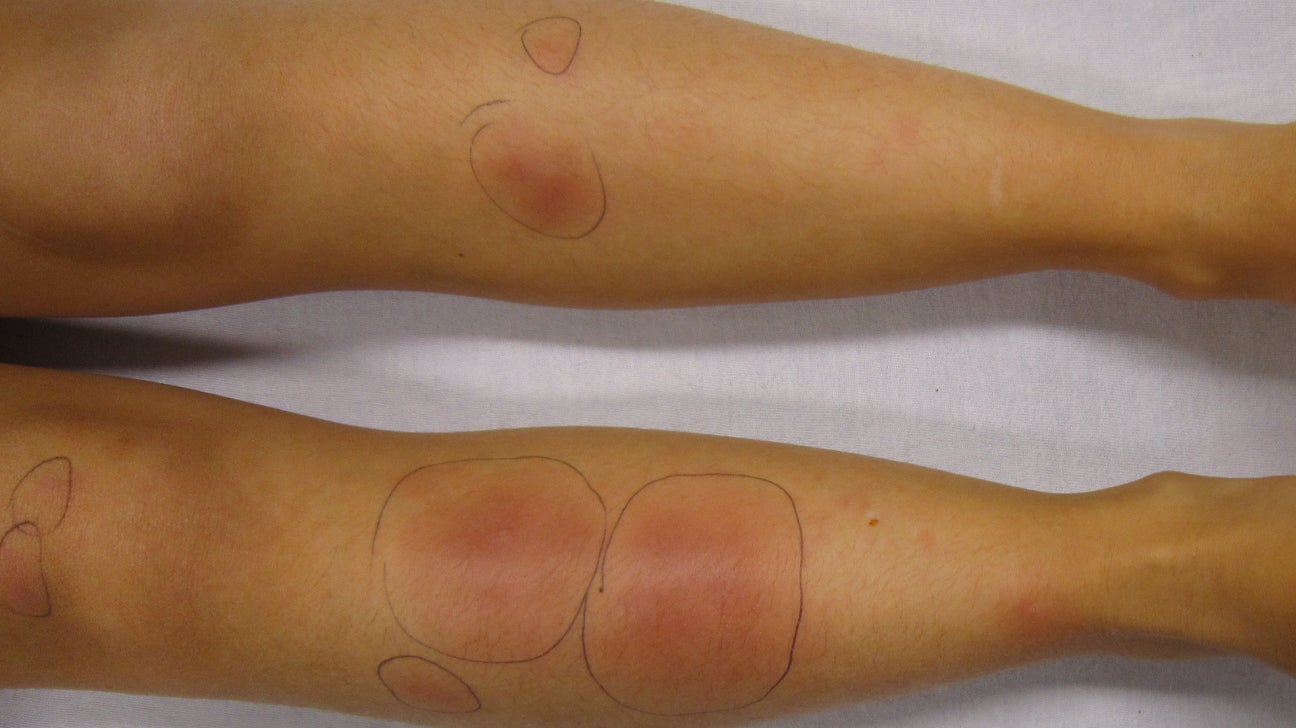


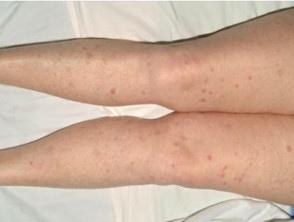


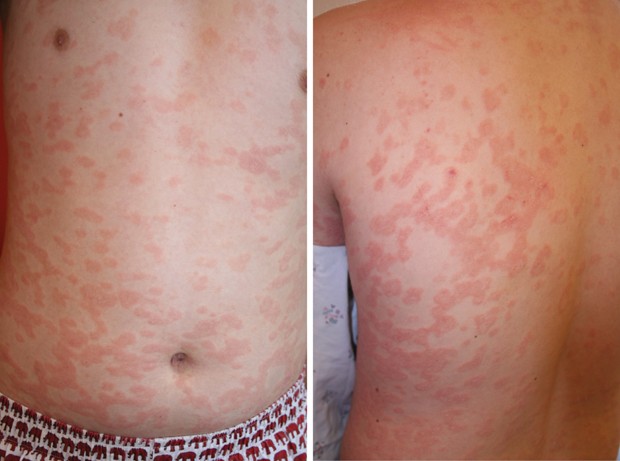


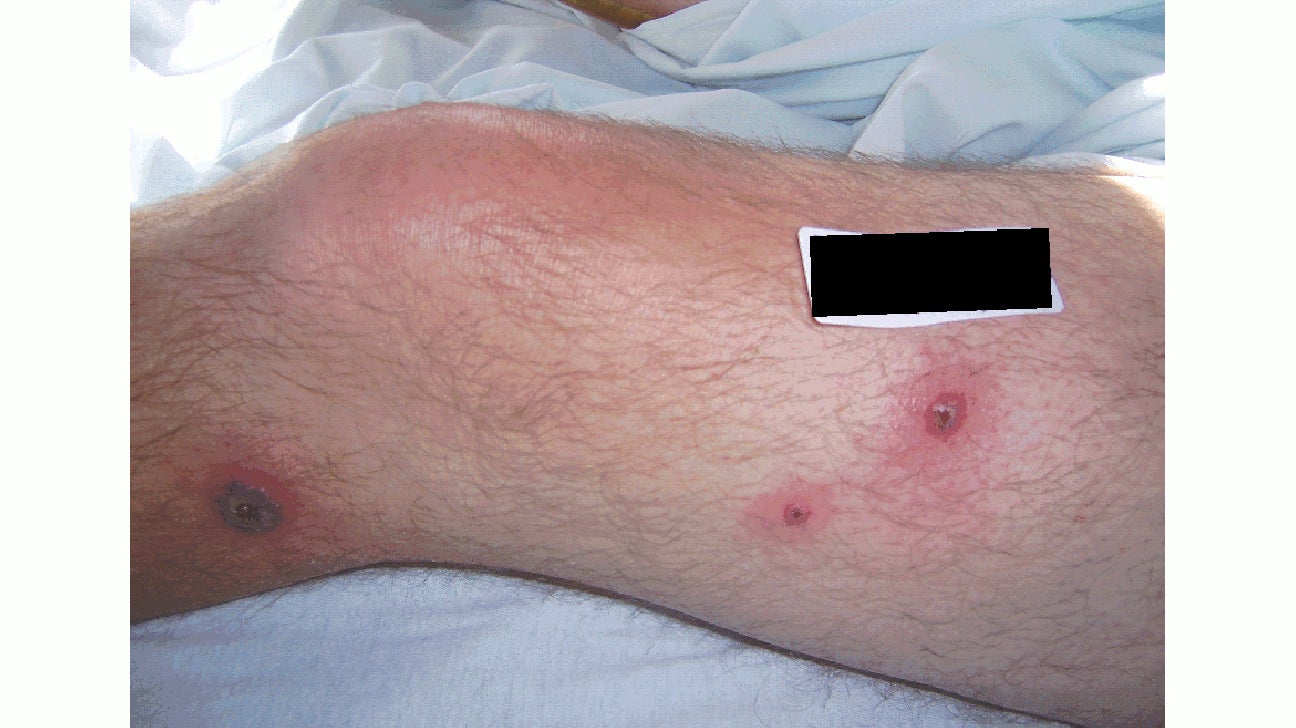

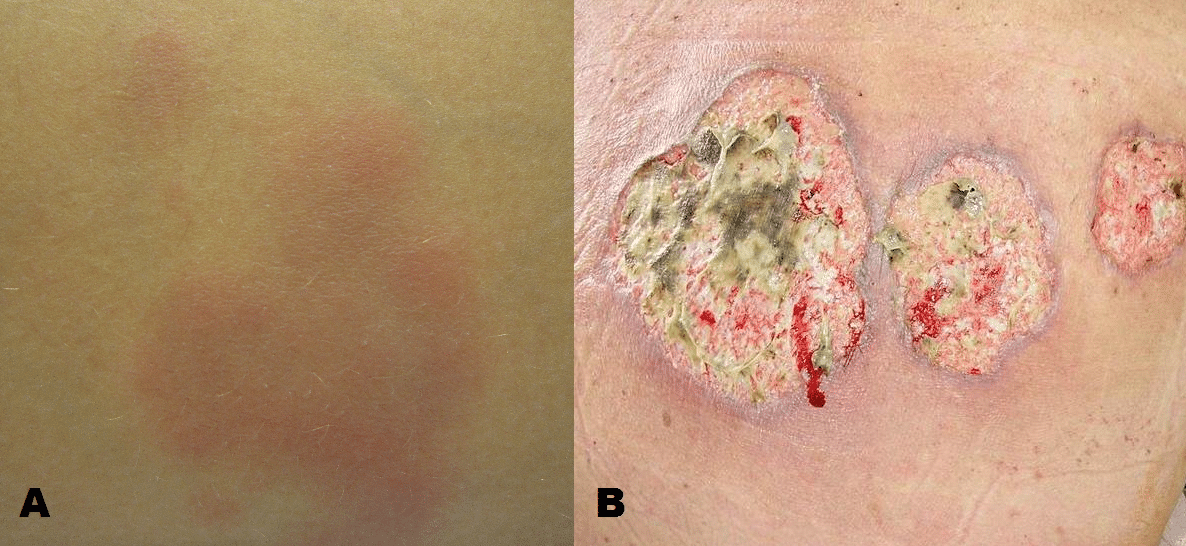


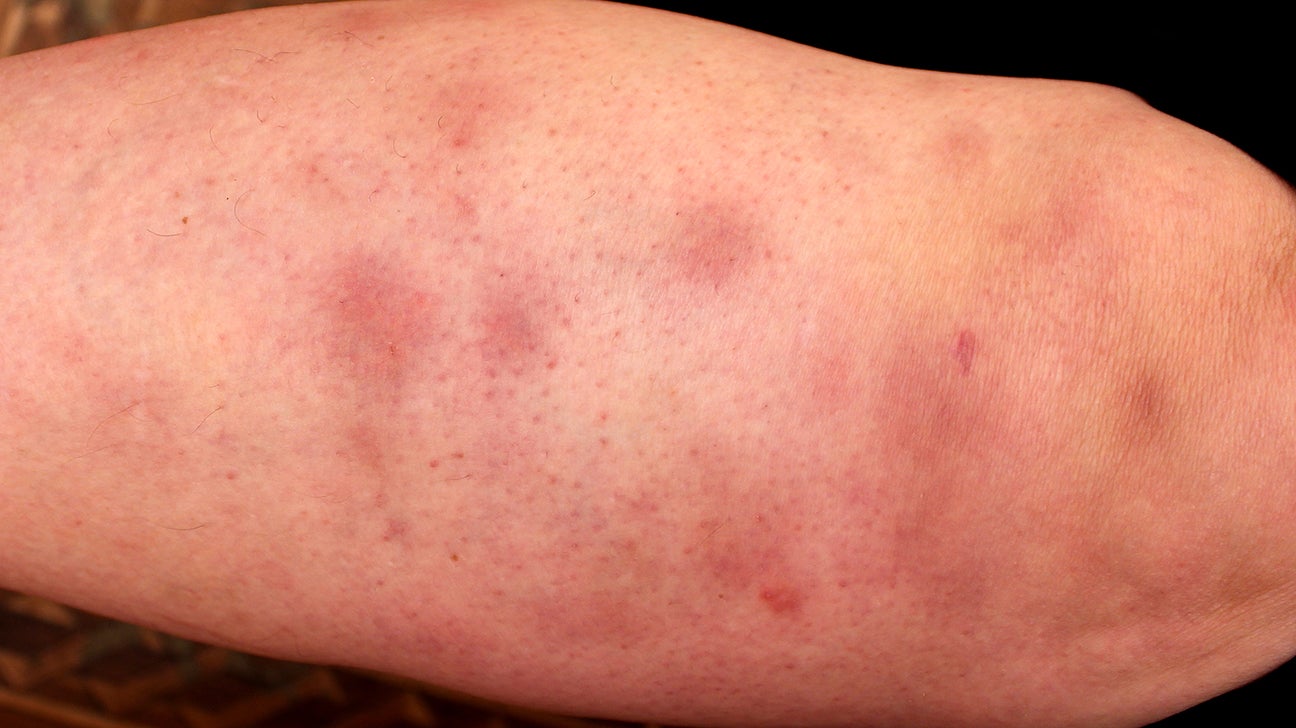





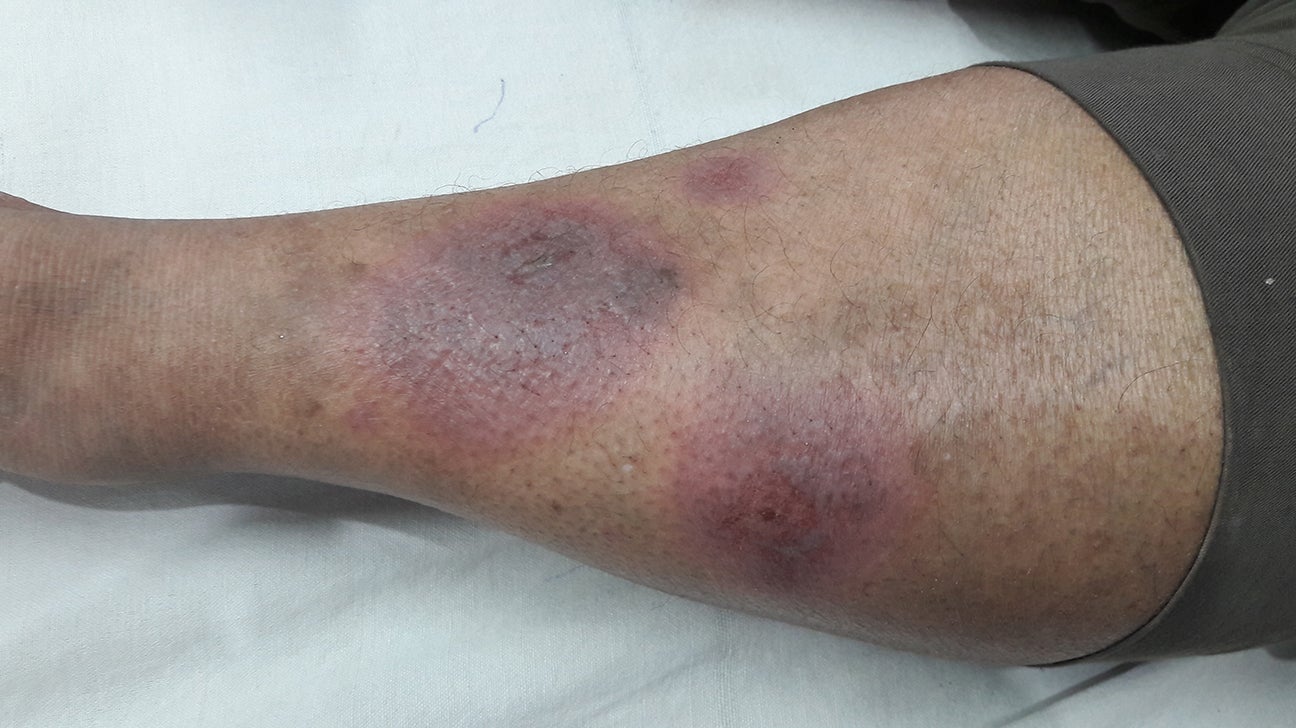
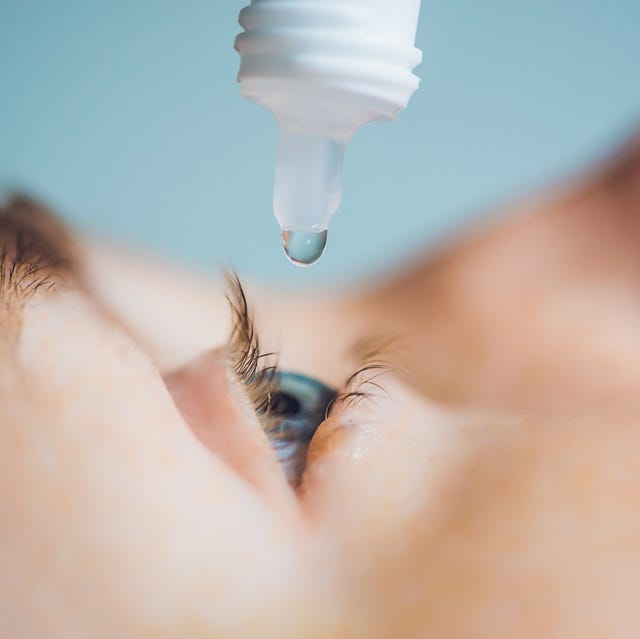
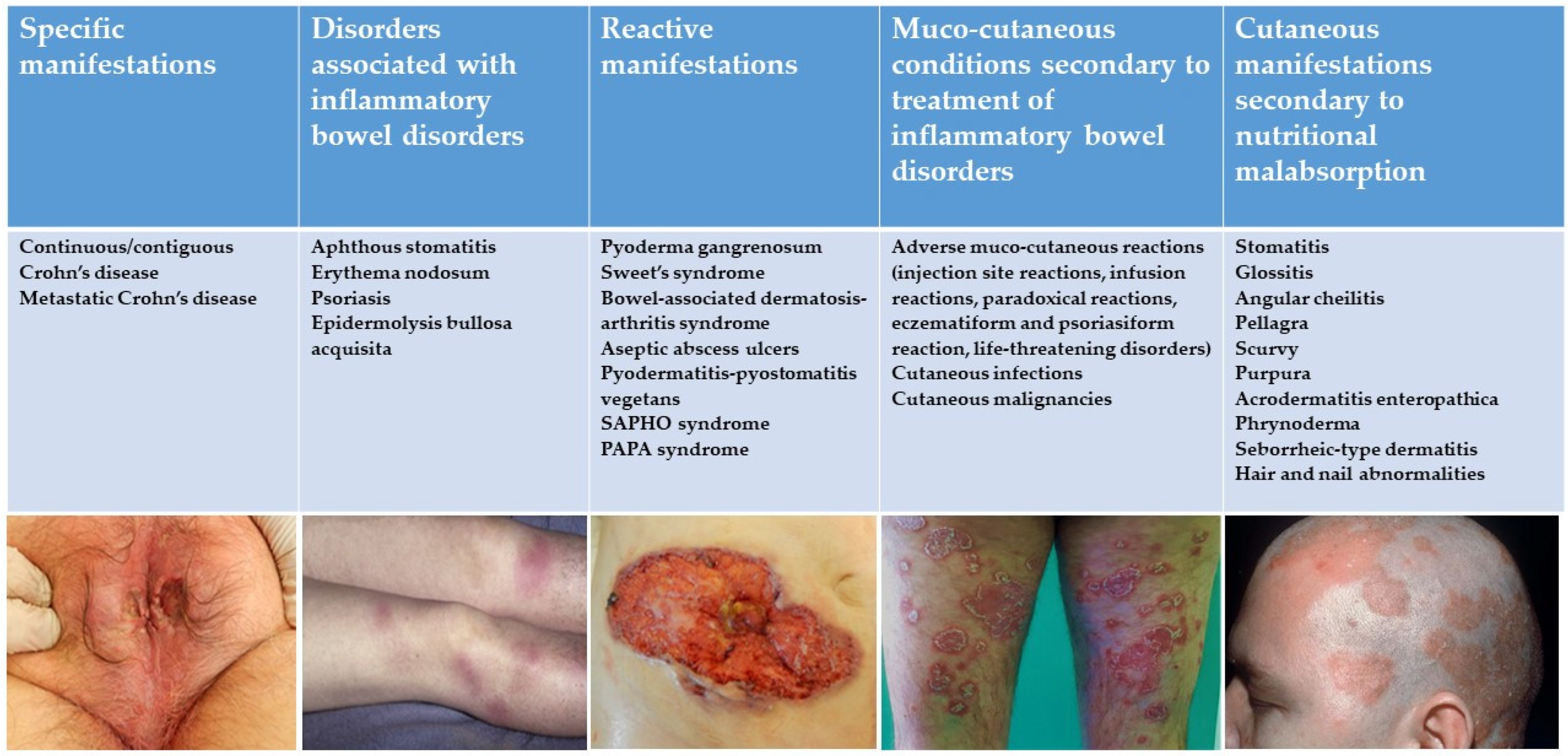

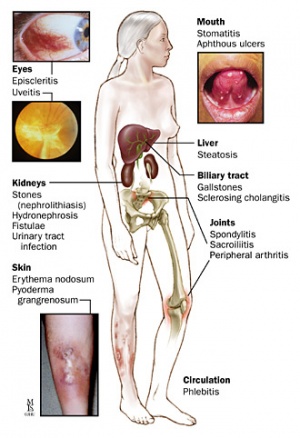
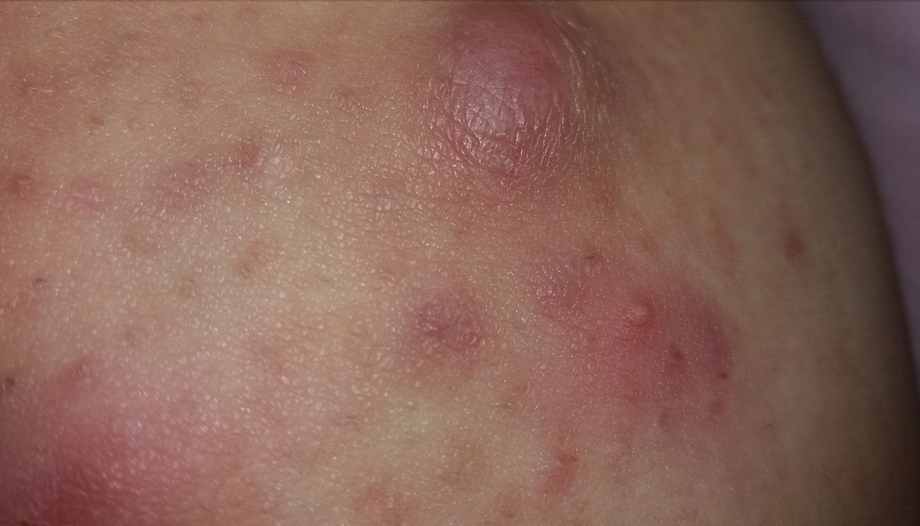
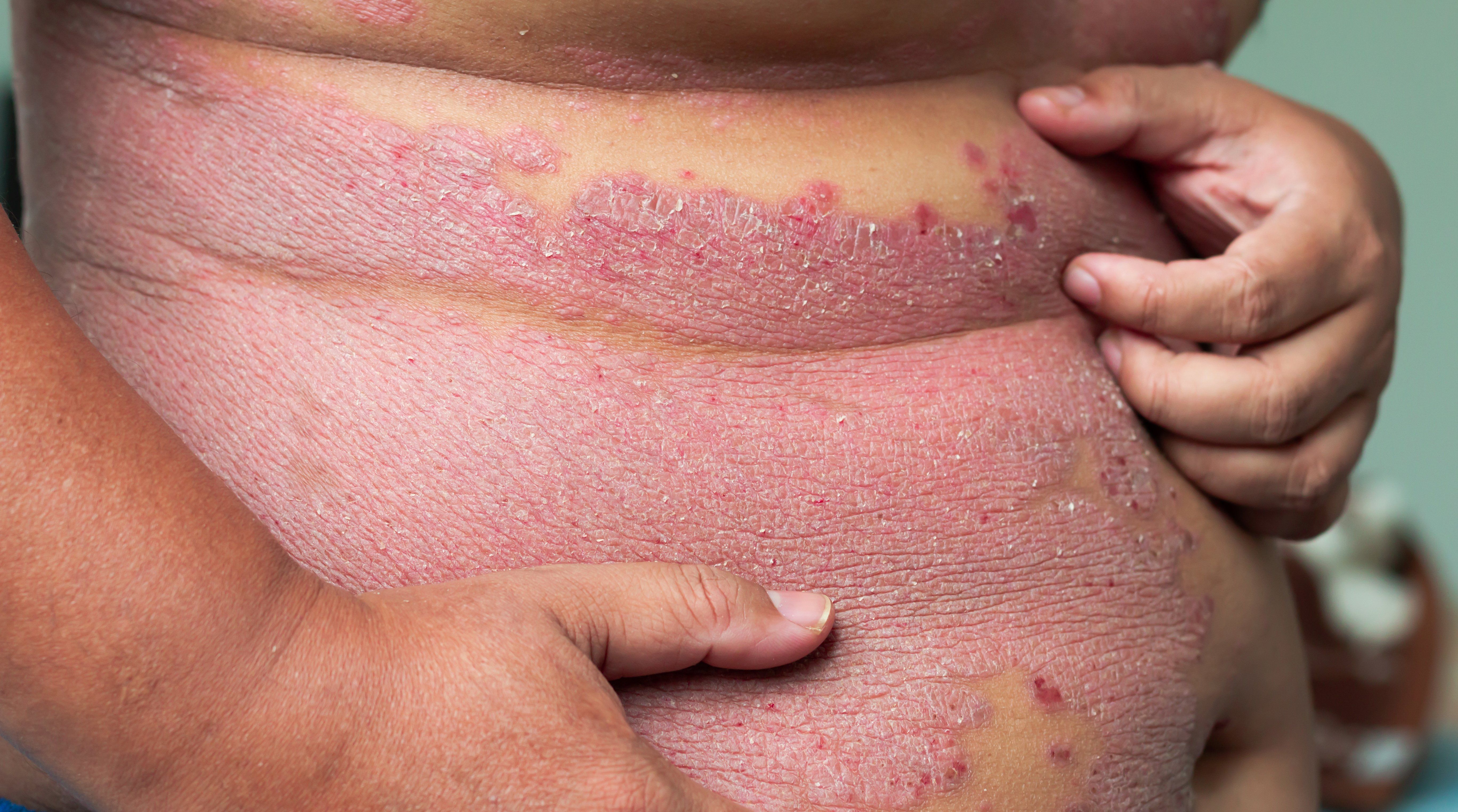



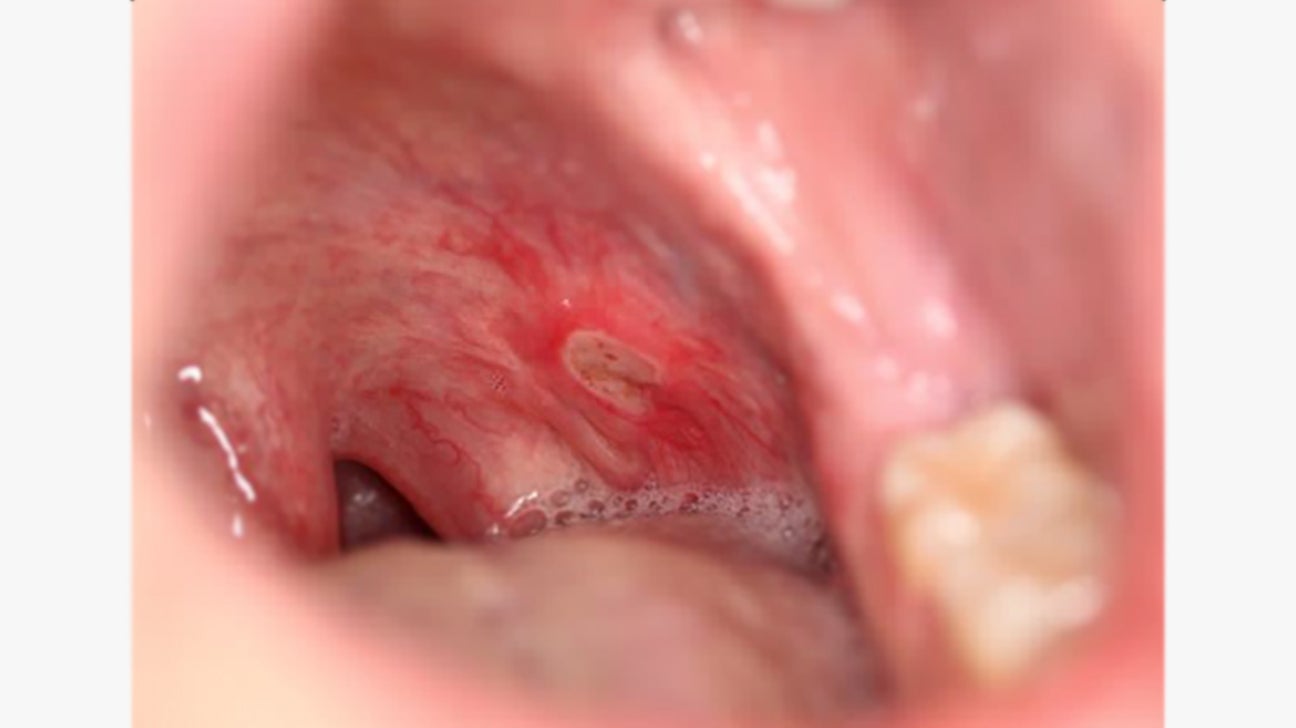
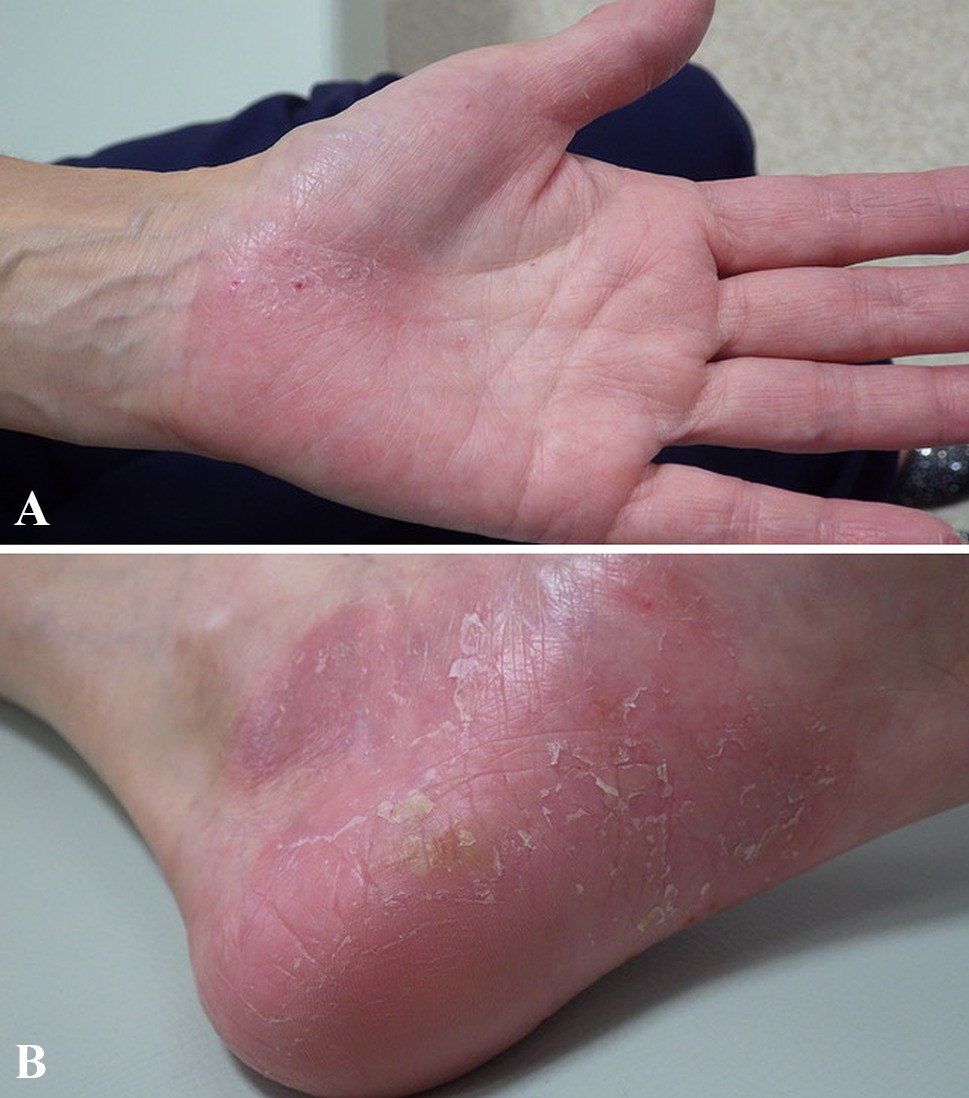
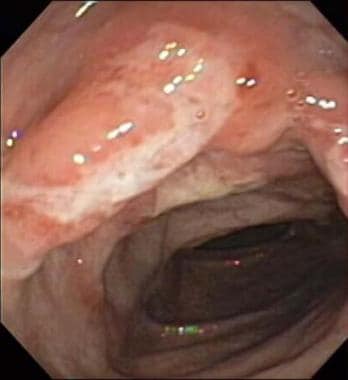
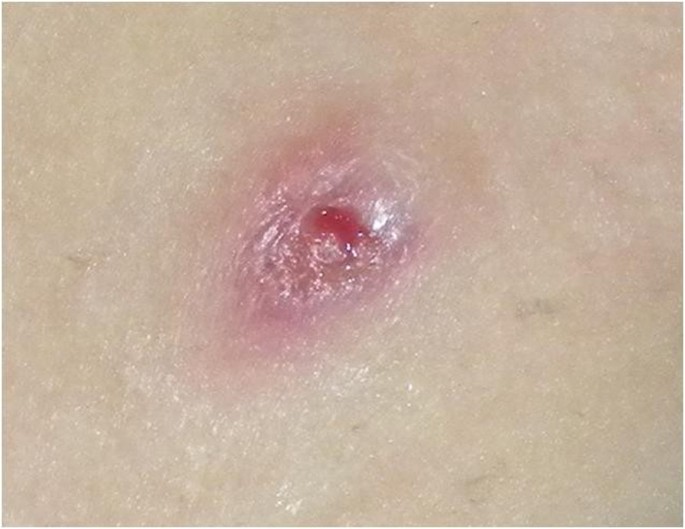

:max_bytes(150000):strip_icc()/en12-9c46b0dc527f4f638107bf899db518da.jpg)
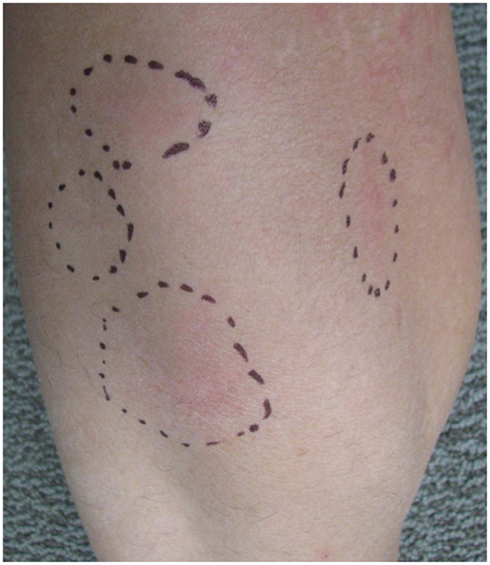



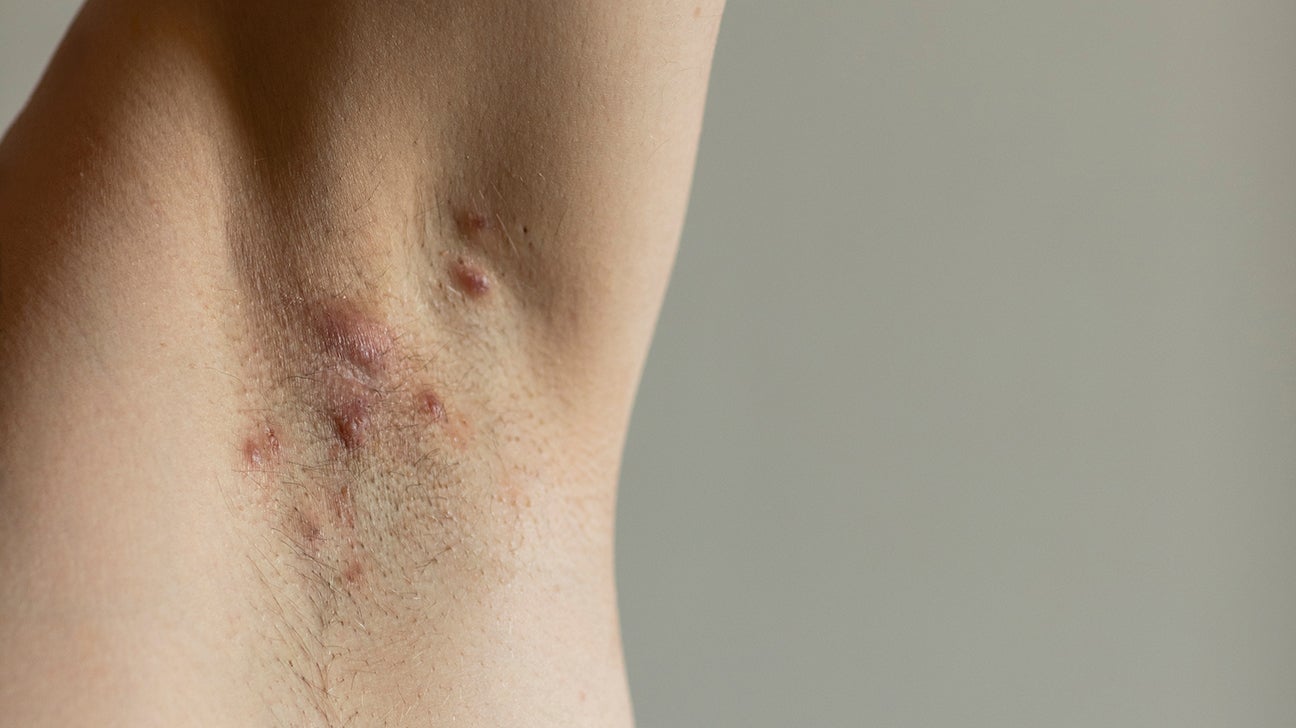
Post a Comment for "Crohn Disease Skin Lesions"